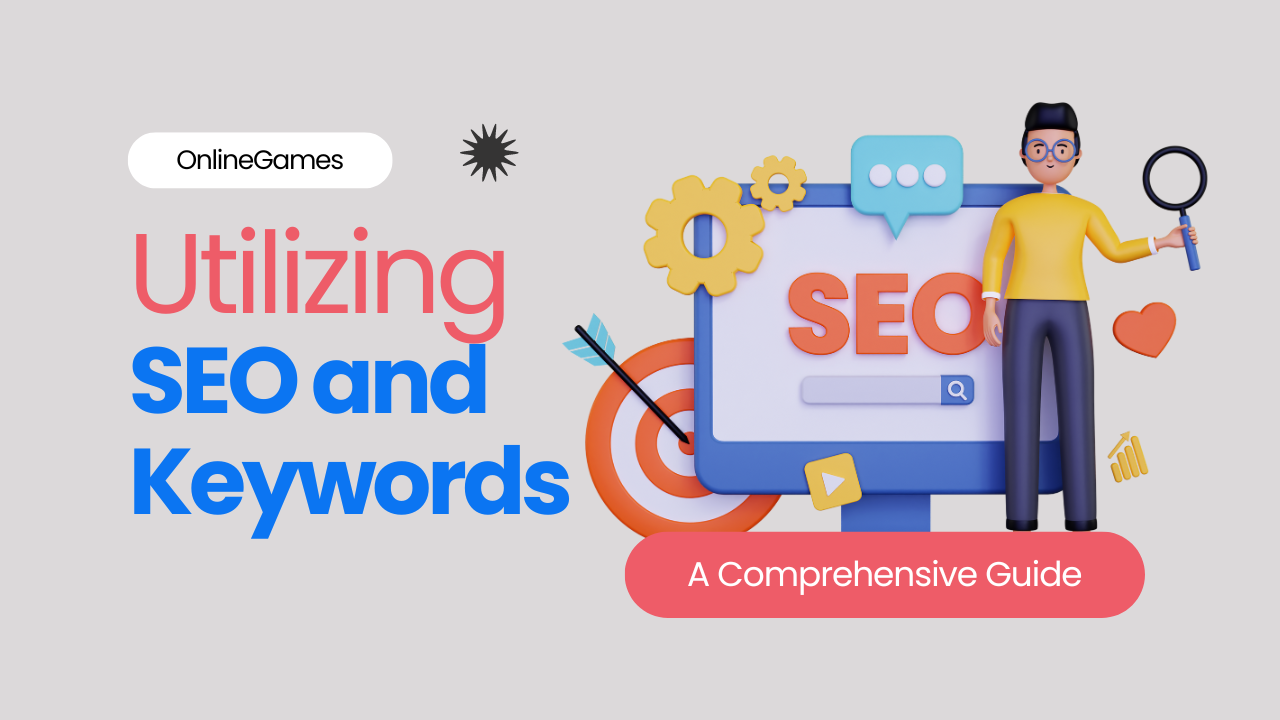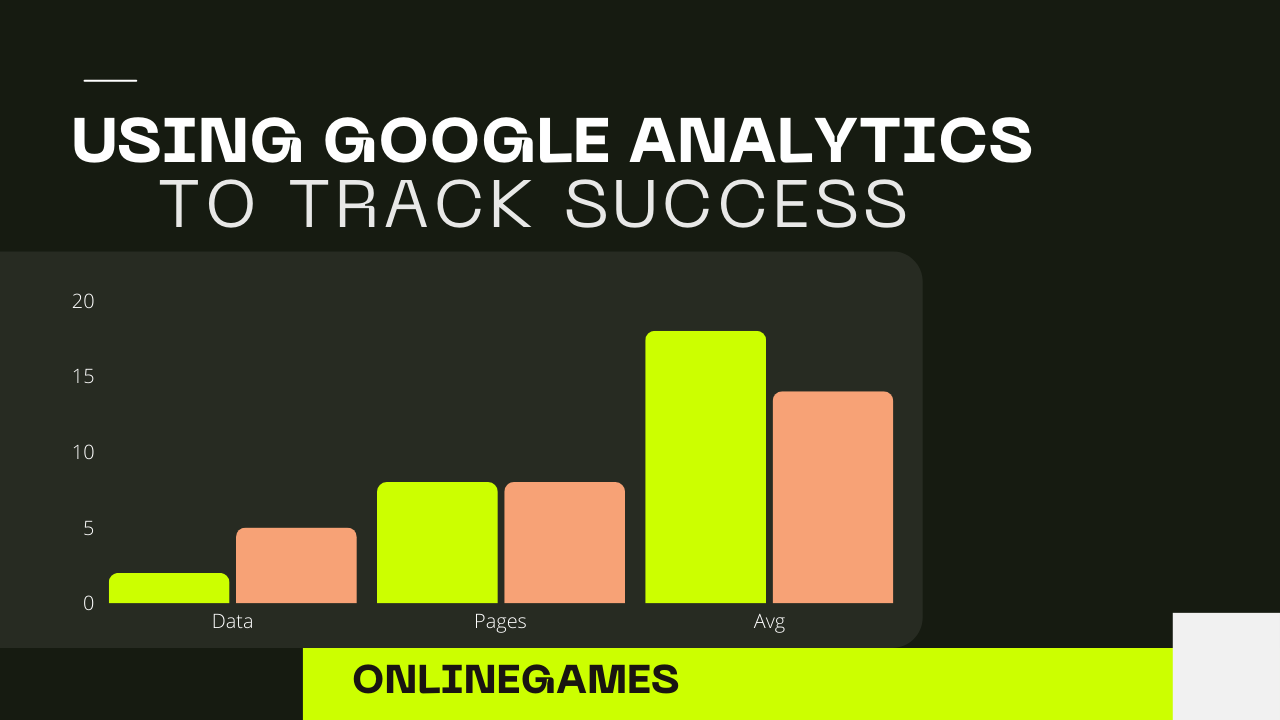In today’s digital landscape, utilizing SEO (Search Engine Optimization) and keywords effectively is crucial for improving your website’s visibility, attracting organic traffic, and reaching your target audience. By optimizing your content and website structure with relevant keywords, you can enhance search engine rankings and drive sustainable growth. Here’s a comprehensive guide on how to effectively utilize SEO and keywords:
Understanding SEO and Its Importance
What is SEO?
SEO refers to the practice of optimizing your website and content to rank higher in search engine results pages (SERPs). It involves various strategies and techniques to increase visibility, attract quality traffic, and improve user experience.
Why is SEO Important?
Effective SEO helps your website:
- Increase Visibility: Rank higher in search engine results, making it easier for users to find your website.
- Drive Traffic: Attract organic traffic from search engines without relying solely on paid advertising.
- Build Credibility: Establish authority and credibility in your industry or niche.
- Enhance User Experience: Improve usability, navigation, and overall user satisfaction.
Keyword Research and Analysis
Conducting Keyword Research
Start by conducting keyword research to identify relevant search terms and phrases your target audience uses to find information related to your business or industry. Use tools like Google Keyword Planner, SEMrush, Ahrefs, or Ubersuggest to discover keywords with high search volume and low competition.
Types of Keywords
- Short-tail Keywords: Broad and generic terms with higher search volume but often more competitive (e.g., “digital marketing”).
- Long-tail Keywords: More specific phrases with lower search volume but higher relevance and intent (e.g., “best digital marketing strategies for startups”).
Choosing the Right Keywords
Select keywords that align with your content goals, audience intent, and competitiveness. Focus on a mix of short-tail and long-tail keywords to target different stages of the customer journey—from awareness to conversion.
On-Page SEO Optimization
Optimizing Content for Keywords
Integrate chosen keywords naturally into your content, including:
- Titles and Headings: Use keywords in title tags (H1, H2, H3) to indicate the main topic of each section.
- Body Text: Incorporate keywords throughout the content while maintaining readability and relevance.
- Meta Descriptions: Write compelling meta descriptions that include keywords to improve click-through rates from search results.
- URLs: Create SEO-friendly URLs that include relevant keywords and describe the page content concisely.
Improving User Experience (UX)
Enhance the user experience by:
- Ensuring mobile responsiveness and fast loading times.
- Use clear navigation and internal linking to guide users through your site.
- Providing high-quality content that meets users’ expectations and answers their queries effectively.
Technical SEO Considerations
Optimizing Site Structure
- XML Sitemap: Create and submit an XML sitemap to search engines to help them crawl and index your site efficiently.
- Robots.txt: Use a robots.txt file to control which pages search engines can and cannot crawl.
- Site Speed: Optimize images, enable browser caching, and minimize HTTP requests to improve site speed and performance.
Secure HTTPS Protocol
Ensure your website uses a secure HTTPS protocol to encrypt data and protect user information. Secure sites are favoured by search engines and provide a safer browsing experience for visitors.
Off-Page SEO Strategies
Building Backlinks
Earn quality backlinks from reputable websites and domains to improve your site’s authority and credibility. Focus on acquiring natural links through guest blogging, partnerships, or content collaborations.
Social Media and Online Presence
Maintain an active social media presence to increase brand awareness, drive traffic to your site, and amplify content sharing. Engage with your audience and encourage social sharing of your content.
Monitoring, Analyzing, and Adjusting
Monitoring Performance
Use analytics tools like Google Analytics or SEO platforms to monitor key performance indicators (KPIs) such as traffic, rankings, bounce rates, and conversion rates. Track the effectiveness of your SEO efforts over time.
Iterating and Optimizing
Based on data-driven insights, iterate your SEO strategy by:
- Refining keyword targeting based on performance metrics.
- Updating and optimizing existing content to improve relevance and engagement.
- Adjusting technical SEO elements to enhance site crawlability and indexability.
Effective SEO and keyword utilization are fundamental to achieving sustainable online visibility, traffic growth, and business success. By conducting thorough keyword research, optimizing on-page content, enhancing user experience, and implementing off-page strategies like link building and social media engagement, you can improve your website’s search engine rankings and attract qualified traffic.










